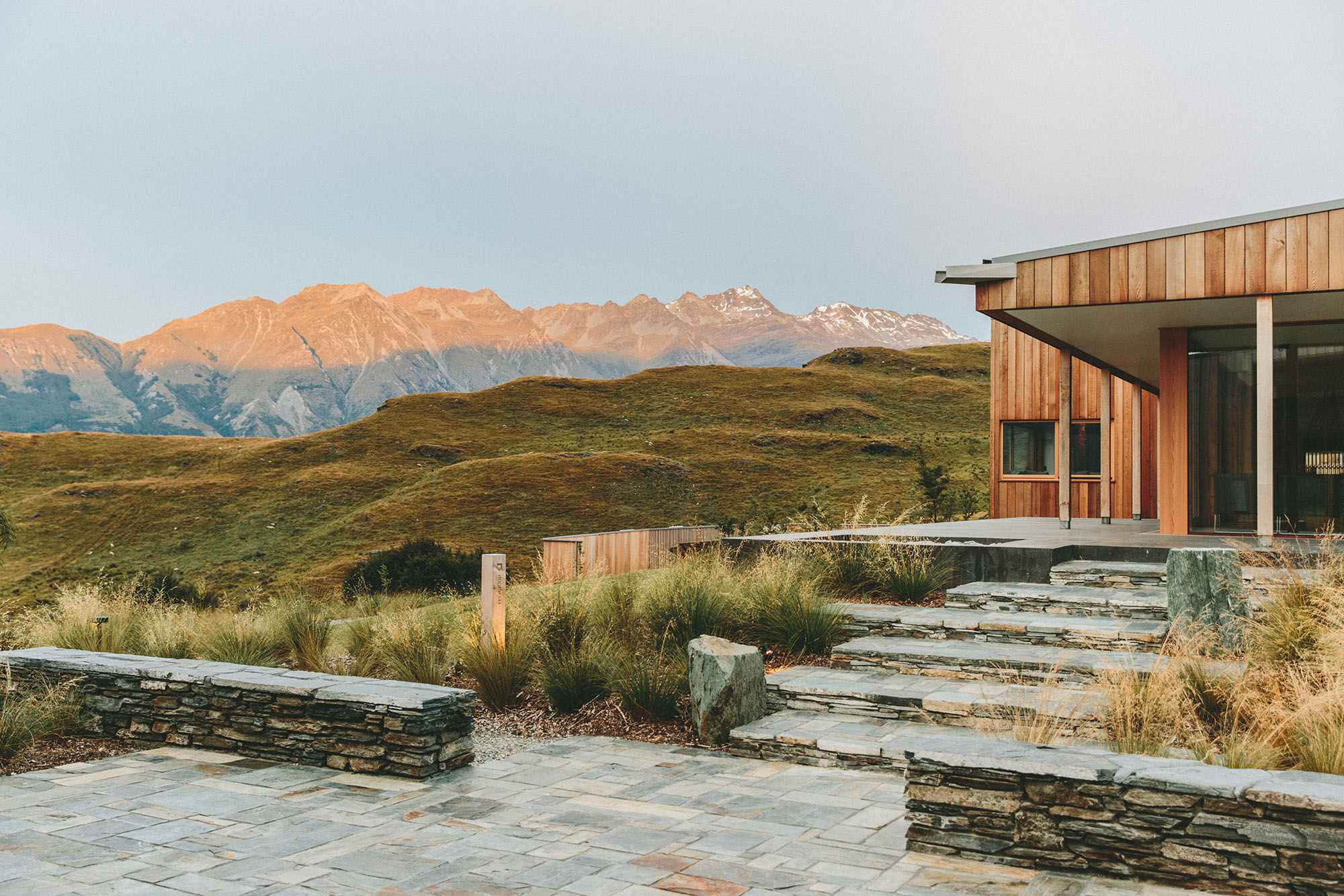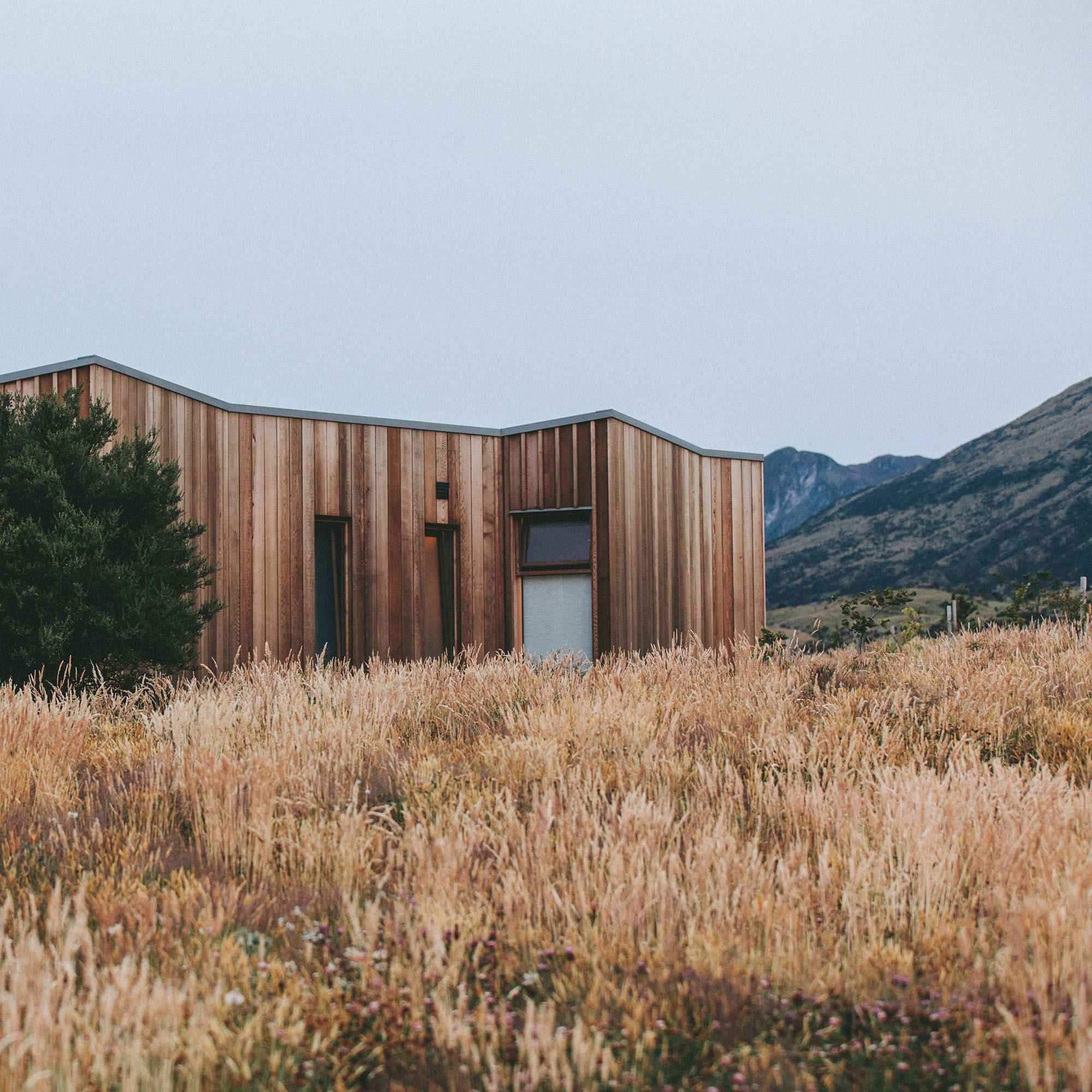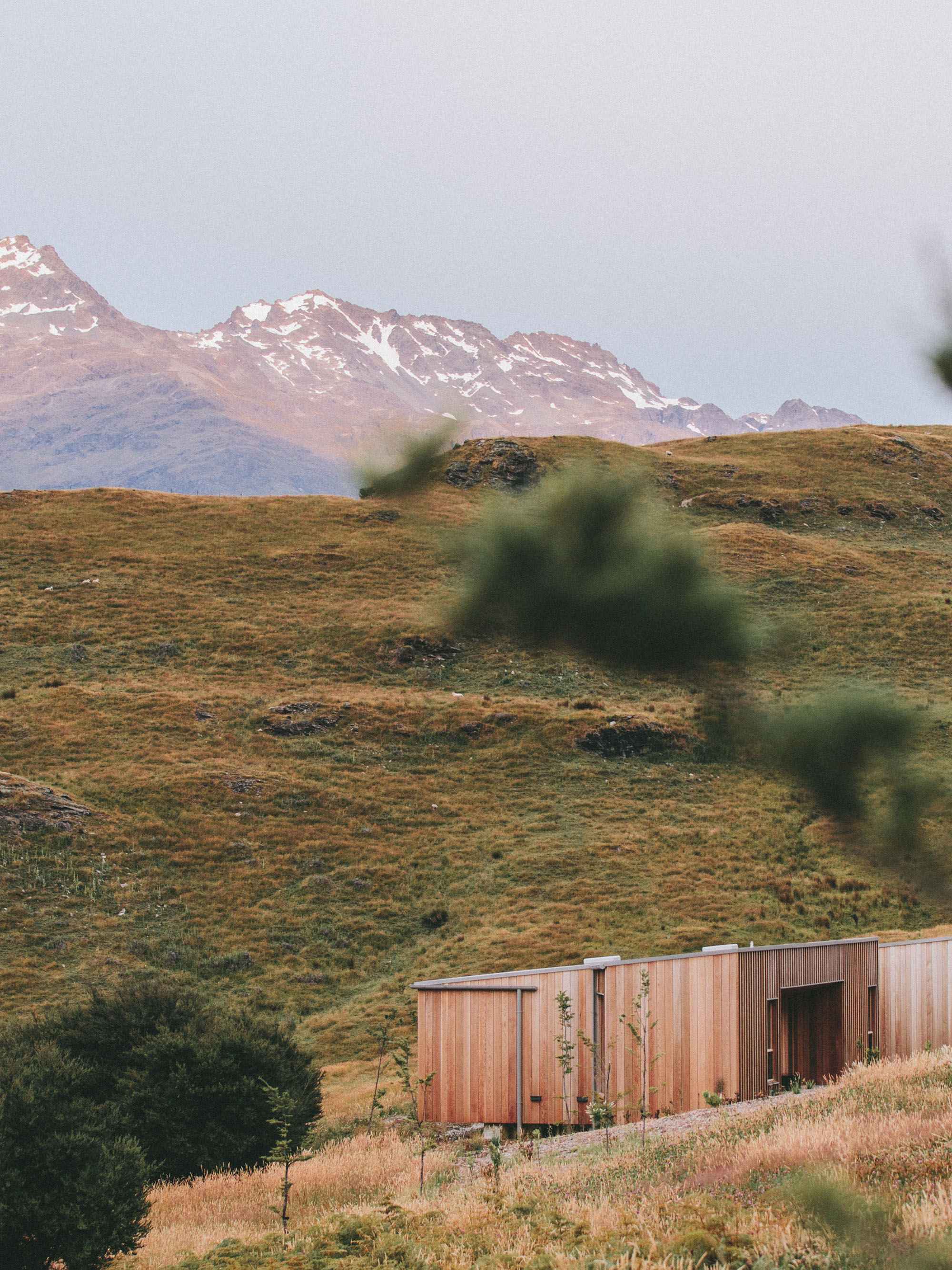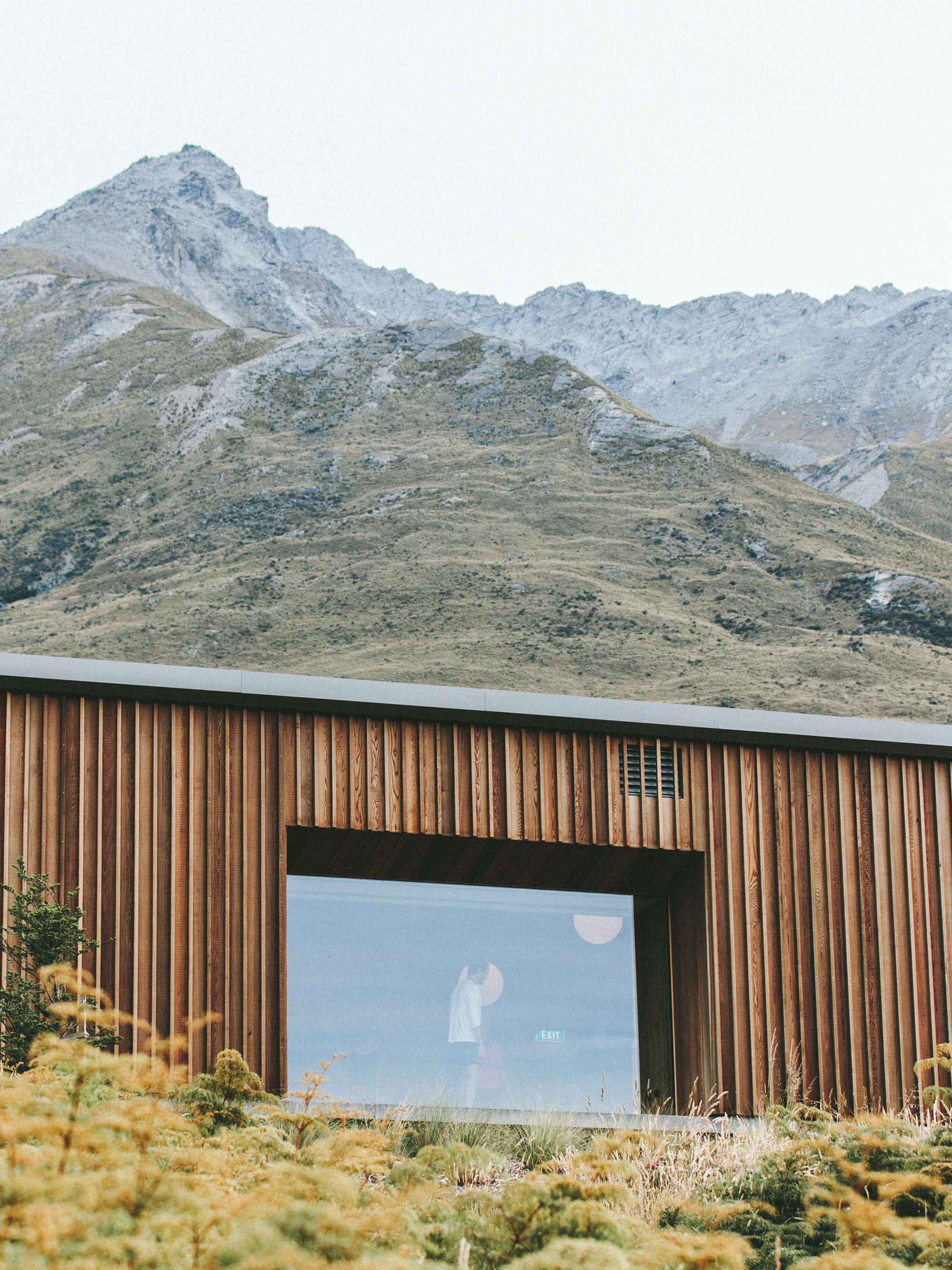Tiffany Henschel
Graphic Designer + Design Researcher
Hello, Neighbor! is an exploration into the complicated dynamics of community exchange in urban Los Angeles neighborhoods.
At a time when more apps exist to meet strangers than those who live just next door, “Hello, Neighbor!” focuses on the often overlooked, ephemeral moments of exchange among residents in urban Los Angeles neighborhoods. By curating existing data that stagnates in digital space, this cyclical process inserts hyperlocal topics of interest into the real, bridging gaps and completing the feedback loop to activate micro-moments that catalyze engagement over time. Liminal moments have social consequences. This design approach explores that theory by essentially “sweating the small stuff.”
Using social media platforms as an initial method of engagement, I investigated how local knowledge spreads in this context, and in the process I discovered some limits. Location-based digital platforms such as Next Door offer a forum for communication but are inherently limited by their interfaces. This project attempts to connect individual nodes of related information through a combination of design and field experiments.It discovers new avenues for communication through existing data. Community action itself is the outcome. It takes two ideas into account: a hybrid of digital and physical, and focusing on skills and amenities rather than differences and deficits.
What if every community had its own designer?
Process + Field Work
Essentially process-based, my thesis is broken up into several mini-experiments that I completed out as a result of initial field work and research. Some happened as a result of previous experiments, while others existed in parallel to one another.
1. Taxonomy of Micro-Moments
I don’t consider myself a “city person” by any means, but for three years I found myself enveloped by city life. What fascinated me about urban living is the close proximity to neighbors yet at the same time a total lack of camaraderie. In order to begin unpacking what community building entails, I attempted to make an exhaustive list of all the ways in which people can have a collective experience, or more simply put, are brought together.
I learned there are a few fundamental aspects involved in bringing people together, allowing me to organize more efficiently. Are these interactions voluntary or involuntary? Formal (planned) or informal? Virtual or physical? By giving myself these parameters I was able to begin an exhaustive list, which I would add to on a regular basis. For example: shaking hands would be considered a voluntary, informal, physical micro-interaction. A book club would entail voluntary, formal, and likely physical interactions. Later on, I decided to add another column indicating time - are these moments long-lasting or fleeting?
2. Nextdoor.com Research
Keyword count results after one day in each neighborhood
Next Door (www.nextdoor.com) is a sociologically intriguing social media platform. It is unique because it requires users to prove where they live before using it. This ensures that what neighbors are talking to other neighbors about is specific and location-based. While that should fundamentally promote trust, it misses the mark due to its inherently limited social-media-esque interface. I teamed up with Stevesie.com to create a script to scrape all of the data from three local neighborhoods. I asked family members living nearby to confirm their addresses in order for me to get data from several neighborhoods.
Since each neighborhood is geographically and culturally different from one another, I counted keywords (see image to left) in order to see what neighbors were talking about. What overlapped? What was different?
To visualize the data in a different way, I created an applet that would automatically tweet from a database of random famous quotes. For example, if the word “help” came up frequently in a neighborhood on one day, the tweet might say: “We can’t help everyone, but everyone can help someone.” -Ronald Reagan.
There were two overwhelmingly dominant topics of interest in my neighborhood: cars speeding through the neighborhood, and coyotes roaming the streets. What can be done to pull this useful data into physical space?
3. Home Speed Radar Kit
Using a Raspberry Pi with a camera and a Python script, I was able to take a photo of each car driving over 25mph.
A glimpse into the speeding discussion
There is a reason that Glendale has the most expensive car insurance rates in the United States (see story here). A hit-and-run would occur almost daily. I exercised extreme caution when walking our dogs across intersections, even marked crosswalks, because drivers blew through stop signs all the time. There were multiple attempts to install speed bumps but each "test" conducted by the city concluded that not enough cars met the threshold to warrant the next step in the “speed bump process”.
Instead of limiting complaints to rants online, I created a device that could mathematically determine the speed of a passing car and take a photo when it went over the speed limit.
This device acts as a self-policing tool in which neighbors can take control over surveillance tactics that would normally remain in the hands of the city and police of Glendale.
4. Coyote Local
Rogue signage placed throughout the neighborhood
Interactive Google Maps page where neighbors could post about coyote sightings
Although located a couple miles from the foothills, Glendale has seen a ridiculously large increase in urban coyote sightings over the past several years. This is clearly apparent in Next Door posts.
Unsatisfied with repeatedly seeing long posts with rants back and forth about who saw a coyote, and where, and whether or not they should be relocated or shot, or who came first, or whose territory it was, I gathered the data for each sighting and compiled a map, in hopes that neighbors would continue to add to it. The Google map can be seen here. This method allows for a more useful dataset and conversation with neighbors. For instance, urban coyotes are known for having difficult-to-find dens. Could a concentration of sightings mean a den is nearby? This would never have been visible via long conversational threads.
Conclusion
Coyote Local was my favorite outcome of my thesis. It happened as a result of curating existing data from multiple sources to create a feedback loop. As a result, I introduced a couple 5-year olds to coyotes and sparked their interest enough to check out a coyote book from the library. I connected with the Urban Coyote Initiative, who found the data to be useful for their research.
Again, these tiny, seemingly insignificant moments have social consequences. Small seeds can grow into big ideas. This is why it’s important to sweat the small stuff.





















